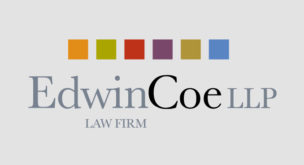Press Coverage - 04/08/2021
Guideline hourly rates: an assessment

David Greene writes in the latest edition of the Law Society Gazette on the Civil Justice Council’s recent report on guideline hourly rates – the tool used by Costs Judges in assessing the costs a successful party can recover from the opposing party if their claim is successful.
I was on the last attempt to revise guideline hourly rates (GHRs), the Foskett Inquiry, and the problem it faced was lack of data. This latest attempt, which reported on Friday, sought to override that problem by an entirely different approach. But it still faced data problems and, as it has explained, itself has taken in some aspects a broad brush approach.
Foskett J’s committee sought to establish a true foundation to guideline hourly rates through assessment of the cost of time. This is an old exercise that was used from time to time in assessments of costs. In order to establish the correct hourly rate parties might submit to the assessment court an expense of time statement. This would then be used as the foundation for the hourly rate allowed by the court.
Foskett and the experts sought to apply this exercise more generally, although they had to do so within the constricts of competition law which had previously stopped a similar exercise. The problem however was that the data collected was not sufficient to establish rates of general application.
The committee made recommendations, but because of the lack of data the then master of the rolls decided not take up the recommendations. The exercise was almost completely wasted. It was thought then that GHRs would wither on the vine and courts would start using their own rates.
The CJC decided that was not good enough, did not provide a sound basis and meant that there would be no uniformity or record of what was likely to be allowed…
Read David’s article on The Law Society Gazette’s website.













